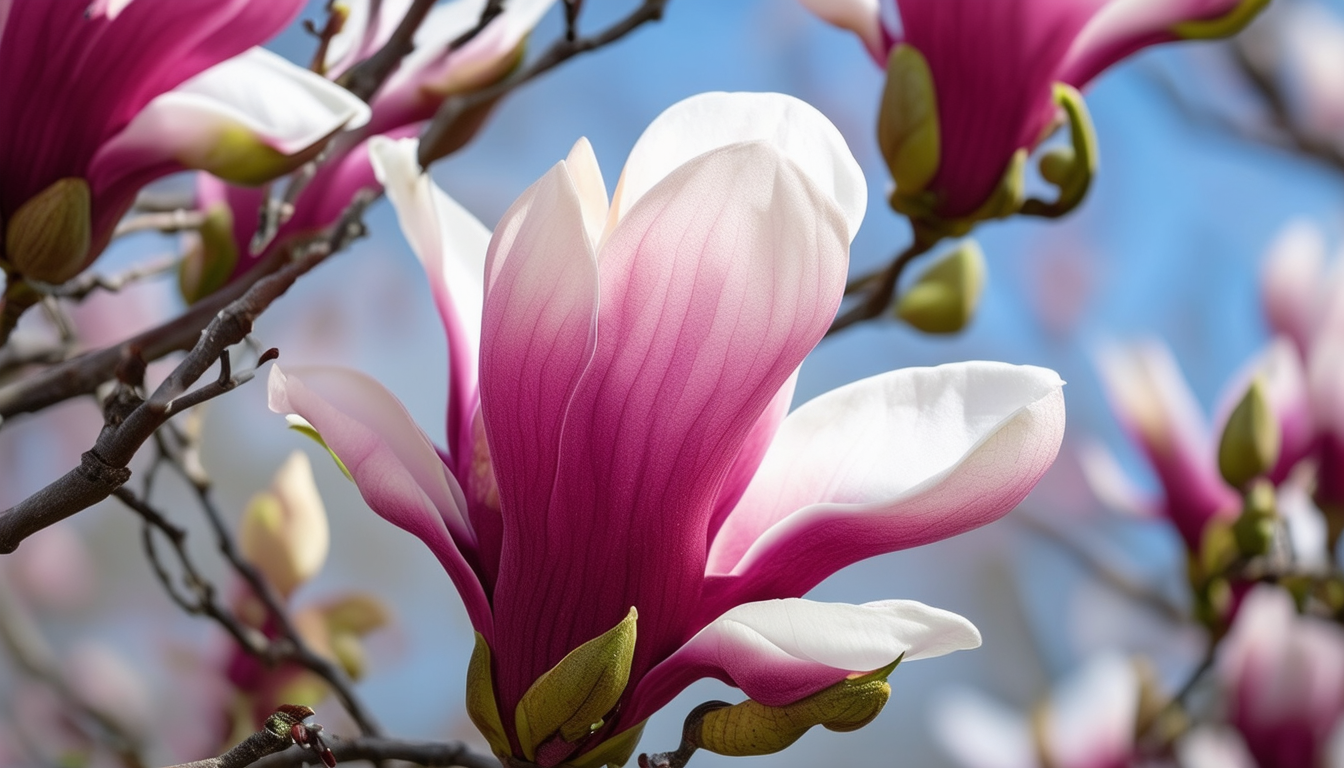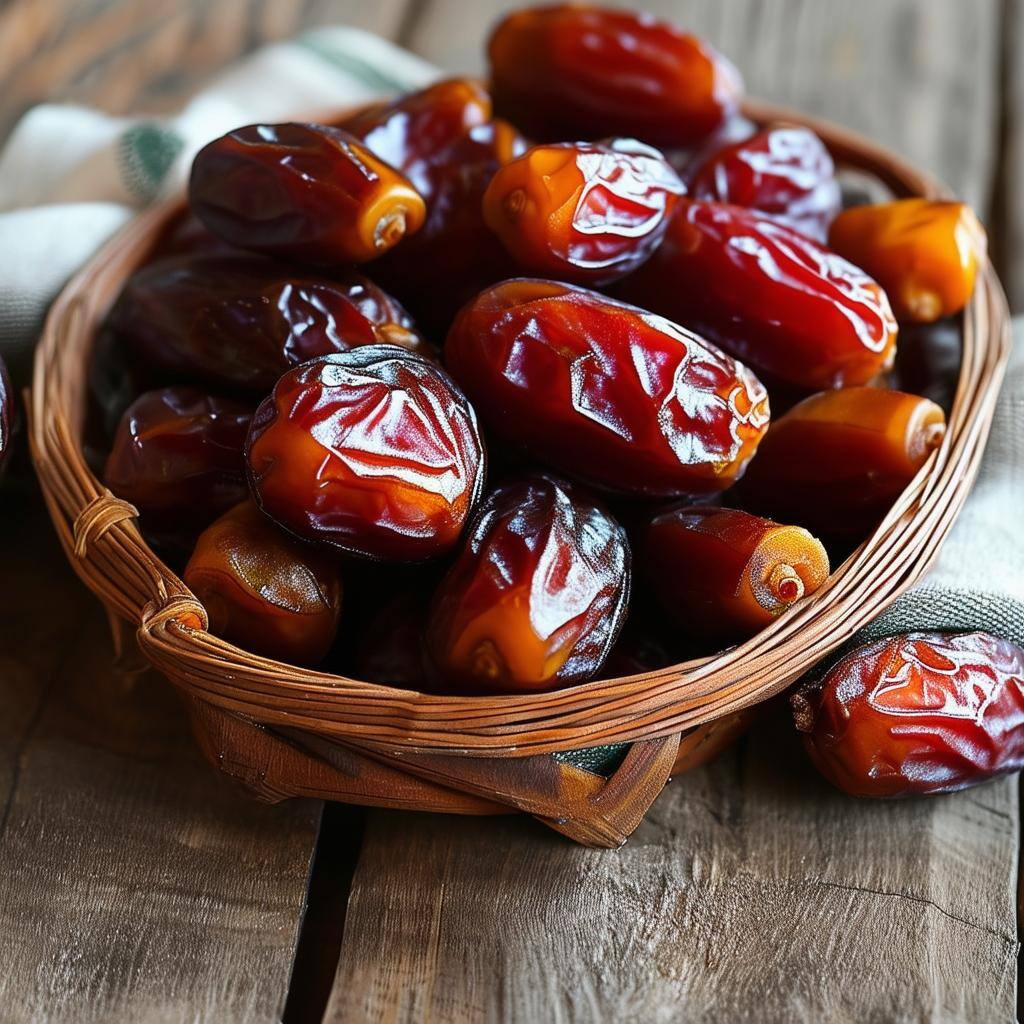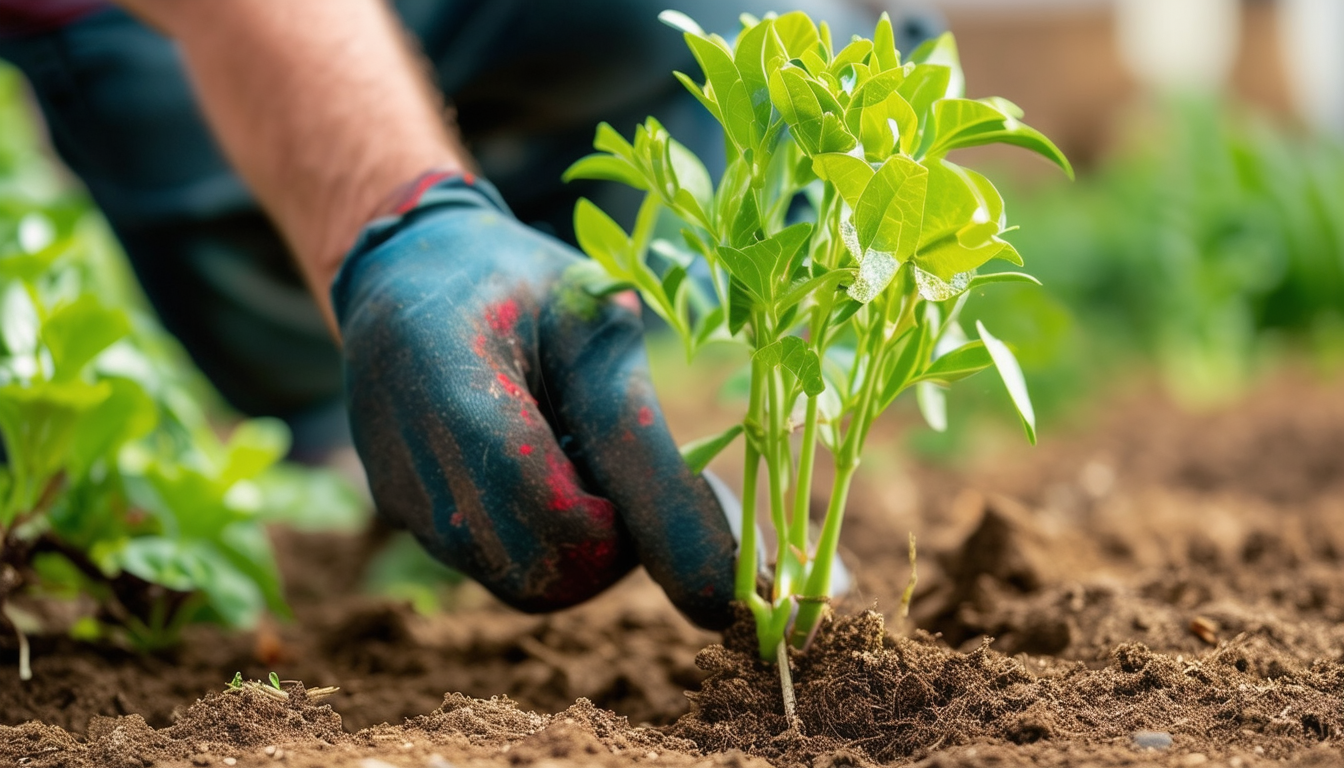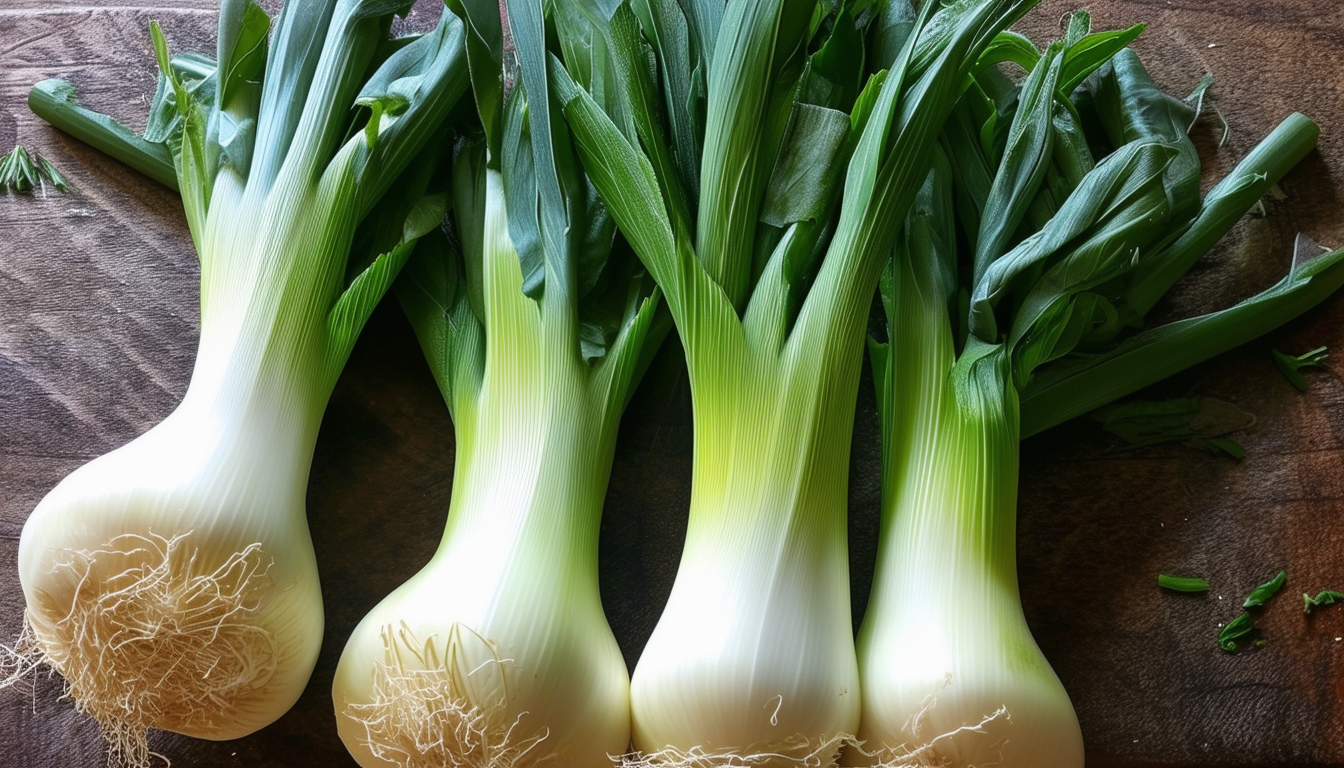
Discover the ancient yet remarkably effective technique of air layering to easily propagate your favorite plants and enhance your garden's beauty.
Intro - Understanding Air Layering: The Basics and Benefits
Air layering is an age-old technique that allows gardeners to propagate plants by encouraging roots to form on a stem while it is still attached to the parent plant. This method is particularly useful for woody plants that are difficult to propagate through cuttings or seeds.
The benefits of air layering are numerous. It ensures the new plant retains the characteristics of the parent, reduces the risk of plant disease, and allows for the creation of larger, more mature plants in a shorter time frame. This method can be a rewarding experience for both novice and seasoned gardeners.
Tools - Essential Tools and Materials for Air Layering
To successfully air layer a plant, you'll need a few essential tools and materials. These include a sharp knife or pruning shears, sphagnum moss, plastic wrap, twist ties or string, and rooting hormone (optional). Having these items on hand will ensure a smooth and effective air layering process.
It's also helpful to have gardening gloves to protect your hands and a spray bottle to keep the sphagnum moss moist. Being well-prepared with the right tools will make the process more enjoyable and increase your chances of success.
5 Step Process of Air Layering
Step 1: Select a healthy, mature branch on the parent plant. Make a shallow cut around the branch, removing a ring of bark about 1 to 2 inches wide.
Step 2: Apply rooting hormone to the exposed area if desired. This can help speed up the rooting process.
Step 3: Moisten a handful of sphagnum moss and wrap it around the exposed section of the branch. Ensure the moss is tightly packed and covers the entire wound.
Step 4: Wrap the moss with plastic wrap to hold it in place and retain moisture. Secure the ends with twist ties or string.
Step 5: Check the moss regularly and keep it moist. After a few weeks to a few months, roots should form. Once the roots are visible, cut the branch below the rooted section and plant it in soil.
Best Time of Year for Propagating Air Layering
The ideal time to propagate plants using air layering is during the growing season, typically from spring to early summer. This period provides the best conditions for root development due to warmer temperatures and active plant growth.
Avoid attempting air layering during the dormant season (late fall and winter) as the plant’s energy is not directed towards growth, which can slow down or inhibit root formation.
Common Mistakes to Avoid in Air Layering
One common mistake is not keeping the sphagnum moss consistently moist. Dry moss can hinder root development. Regularly check and mist the moss as needed to maintain moisture.
Another mistake is using a branch that is too young or too old. Aim for a healthy, mature branch that is about the thickness of a pencil. Additionally, avoid damaging the branch too deeply when removing the bark, as this can harm the plant.
Caring for Your New Plant After Air Layering
Once your air-layered plant has developed roots and been cut from the parent plant, it’s crucial to handle it with care. Plant it in well-draining soil and keep it in a shaded area initially to reduce transplant shock.
Water the new plant regularly but avoid overwatering. Gradually introduce it to its permanent location, whether it's in the garden or a larger pot, and continue to monitor its growth and health.
List of 20 Plants that can be Propagated with Air Layering
1. Ficus
2. Rubber Tree (Ficus elastica)
3. Hibiscus
4. Camellia
5. Azalea
6. Magnolia
7. Japanese Maple
8. Bougainvillea
9. Rhododendron
10. Citrus Trees
11. Oleander
12. Gardenia
13. Croton
14. Roses
15. Grapes
16. Pomegranate
17. Philodendron
18. Schefflera
19. Dracaena
20. Jade Plant
FAQs of Air Layering
How do you propagate plants by air layering? To propagate plants using air layering, you begin by selecting a healthy branch on the parent plant. Carefully make a shallow cut or wound on the branch, then wrap moist sphagnum moss around this exposed section. Secure the moss with plastic wrap to maintain moisture, allowing roots to develop while the branch remains attached to the parent plant. This method encourages the branch to form roots, eventually enabling it to be cut and planted as a new, independent plant.
How long does it take for air layering to root? The time it takes for air layering to root can vary significantly, ranging from a few weeks to several months. This duration depends on factors such as the plant species, environmental conditions like temperature and humidity, and the care given to maintain moisture around the moss. Patience is key, as some plants naturally take longer to develop roots than others.
Is rooting hormone necessary for air layering? While rooting hormone is not strictly necessary for successful air layering, it can be beneficial. Applying rooting hormone to the wounded area of the branch can stimulate faster root growth and increase the likelihood of successful propagation, especially in plants that are more challenging to root.
What are the disadvantages of air layering? Air layering does have some disadvantages. It requires a considerable amount of patience and consistent care to ensure the sphagnum moss remains moist throughout the rooting process. Additionally, not all plant species respond well to this method, and some may not root successfully, making it important to choose suitable plants for air layering.
What is the best time to do air layering? The optimal time for air layering is during the plant's growing season, which typically spans from spring to early summer. During this period, plants are actively growing, and the warmer temperatures and increased daylight encourage root development. Avoid air layering during the dormant season, as the plant's energy is not focused on growth.
In what ways is air layering better than cuttings? Air layering offers several advantages over traditional cuttings. It allows for the production of larger, more mature plants more quickly, as the new plant remains attached to the parent plant during root development. This method also tends to have a higher success rate, as the new plant benefits from the parent plant's resources until it is ready to be independent.
How long does it take to propagate air plants? The propagation of air plants through air layering can take anywhere from a few weeks to several months. The exact time frame depends on the specific plant species and the environmental conditions provided, such as temperature, humidity, and light levels.
What is the difference between simple layering and air layering? Simple layering and air layering are both propagation techniques, but they differ in their approach. Simple layering involves bending a low branch to the ground and covering part of it with soil to encourage rooting. In contrast, air layering involves making a wound on a branch and wrapping it with moist sphagnum moss to root while still attached to the plant, without burying it in soil.
How do you make air plants multiply? To multiply air plants through air layering, you can create multiple air layers on different branches or sections of the plant. By repeating the air layering process on various parts of the plant, you can encourage the growth of several new plants simultaneously.
What kind of soil do you use for air layering? Once the air-layered plant has developed roots and is ready to be planted, it is important to use a well-draining potting mix suitable for the specific plant species. This ensures that the new plant has the right conditions to thrive and continue growing healthily.
What is the success rate of air layering? When done correctly, air layering can have a high success rate, often exceeding 70-80%. Success depends on factors such as the plant species, the care taken to maintain moisture, and the overall health of the parent plant.
How thick should a branch be for air layering? For successful air layering, it is recommended to choose a branch that is about the thickness of a pencil or slightly thicker. This size provides a good balance between being mature enough to support root development and not too large to handle easily.
Can roots get too much air? Yes, roots can be negatively affected by too much air exposure, as it can dry them out and hinder their development. It is crucial to ensure that the sphagnum moss remains consistently moist to provide the right environment for root growth.
How to air layer successfully? To air layer successfully, follow the proper steps: select a healthy branch, make a clean wound, apply moist sphagnum moss, and secure it with plastic wrap. Keep the moss moist throughout the process and be patient. Using healthy, mature branches and maintaining consistent care will increase your chances of success.
What is the best substrate for air layering? Sphagnum moss is commonly used as the substrate for air layering due to its excellent moisture retention properties. It provides the ideal environment for roots to develop while keeping the wounded area protected and hydrated.
What is the tourniquet method of air layering? The tourniquet method of air layering involves tightly wrapping the branch with wire or string to restrict the flow of nutrients. This restriction encourages root growth above the point of constriction, as the plant attempts to bypass the blockage by forming new roots.
What are the disadvantages of air layering plants? Air layering requires consistent care and patience, as the process can take several weeks to months. Additionally, not all plants respond well to this method, and some may not root successfully, making it important to choose suitable plants for air layering.
Which is the best month for air layering? The best months for air layering are typically late spring to early summer. During this time, plants are actively growing, and the warmer temperatures and increased daylight encourage root development.
Do you water a plant after using rooting hormone? Yes, it is important to water the plant to keep the sphagnum moss moist after applying rooting hormone. However, be careful to avoid overwatering, as excessive moisture can lead to rot and other issues.
Which is better air layering or cutting? The choice between air layering and cutting depends on the plant species and the gardener's goals. Air layering can produce larger, more mature plants with a higher success rate, while cuttings are simpler and quicker but may have a lower success rate.
What are the three disadvantages of using air? The three main disadvantages of air layering are that it can dry out roots if not kept moist, requires consistent moisture maintenance, and not all plants respond well to this method.
What chemicals are used in air layering? Rooting hormones are sometimes used in air layering to promote faster root growth, but they are optional. Natural alternatives like aloe vera, honey, and cinnamon can also be used.
What is the easiest tree to air layer? Ficus and rubber trees are commonly considered easy to air layer due to their favorable response to the method and relatively quick root development.
Can you air layer hydrangea? Yes, hydrangeas can be propagated using air layering. This method can be particularly effective for creating new plants from mature hydrangea bushes.
Is air layering and marcotting the same? Yes, air layering and marcotting refer to the same propagation technique. Both terms describe the process of encouraging root growth on a branch while it is still attached to the parent plant.
How long does air layering take to propagate? The propagation process through air layering can take from a few weeks to several months, depending on the plant species and environmental conditions.
How to do simple layering propagation? To perform simple layering propagation, bend a low branch to the ground and cover part of it with soil. Over time, roots will develop at the buried section, allowing you to cut the branch from the parent plant and grow it as a new plant.
What is a natural rooting hormone for air layering? Natural alternatives to commercial rooting hormones include aloe vera, honey, and cinnamon. These substances can be applied to the wounded area to encourage root growth during air layering.



